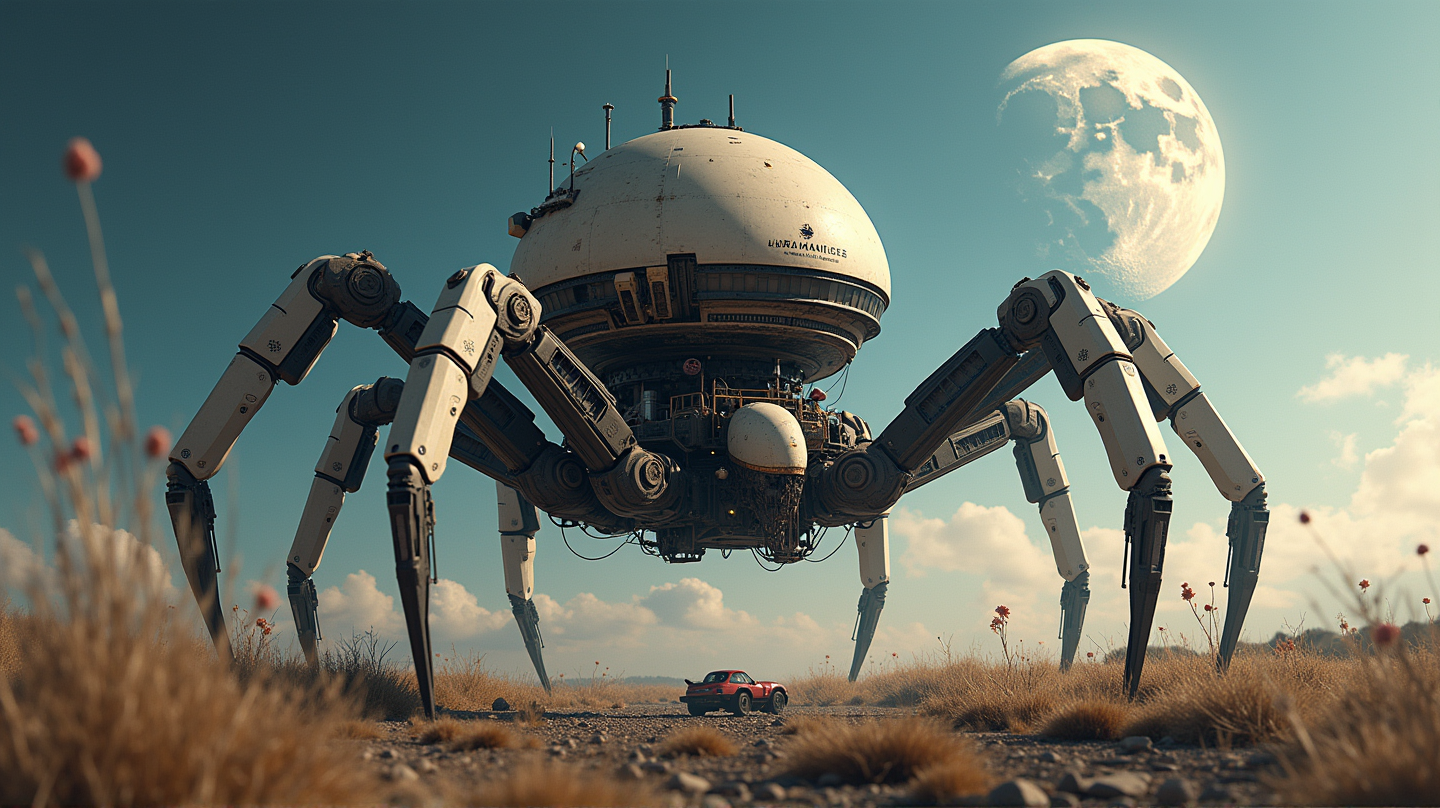Meet Charlotte: Spider Robot Revolutionizing Construction On Earth and Beyond
Charlotte, developed by Crest Robotics and Earthbuilt Technology, promises rapid, sustainable construction—potentially even on the Moon.

Charlotte, an innovative spider-like robot, is poised to revolutionize the construction industry with its groundbreaking capabilities. Developed by the Australian companies Crest Robotics and Earthbuilt Technology, Charlotte is set to build low-cost, low-carbon homes efficiently. Even more excitingly, its capabilities extend to aiding construction on the Moon, showcasing a remarkable leap in both earthly and extraterrestrial architecture.
Tackling the Housing Crisis on Earth
The traditional construction methods have long struggled to keep up with the booming housing demand, often constrained by high costs and prolonged build times. Charlotte stands as a beacon of hope, promising rapid and cost-effective construction. By utilizing advanced robotics and 3D printing technology, Charlotte can print a 200-square-metre house in just 24 hours, using materials like sand, earth, and recycled debris compacted into durable layers.
Echoes of Sustainability in Earthbagging
Charlotte’s method is akin to the sustainable building technique known as Earthbagging, harnessing readily available materials and efficiently compressing them into structural components. This approach not only reduces environmental impact but also values resourcefulness, aiming to turn construction waste into building blocks of new homes.
Moon Mission: Building Off-Earth Habitats
As space agencies race to establish a lunar presence, Charlotte’s potential to autonomously construct lunar habitats becomes invaluable. Its spider-like design is a feat of engineering, allowing it to be lightweight and compact—ideal for space travel. Once on the Moon, Charlotte will efficiently use its capabilities to extrude and compact lunar soil into structures, perhaps creating the first shelters for future lunar residents.
Pioneers in Space Construction
Crest Robotics and Earthbuilt Technology are stepping into a competitive field of off-world construction innovations. Collaborators like ICON, with NASA’s Project Olympus, and AI SpaceFactory, with sizable 3D-printed habitats for Martian missions, are already laying the groundwork for building both on lunar and Martian terrain.
Looking Ahead: An Autonomous Future
Charlotte’s deployment signifies a significant stride in autonomous construction technology, both on Earth and extraterrestrial bodies. If successful, it could redefine how humans perceive barriers in building and living, inspiring a new age where machines not only assist but also lead the charge in global and celestial construction challenges. As stated in Interesting Engineering, Charlotte embodies a blend of innovation and ambition, with eyes set on the skies and beyond.

